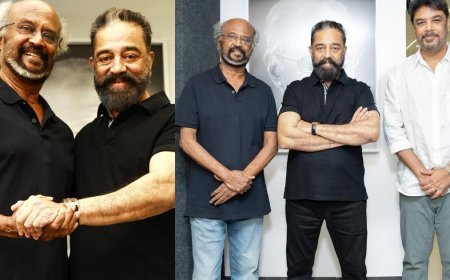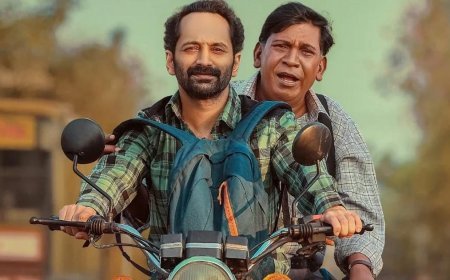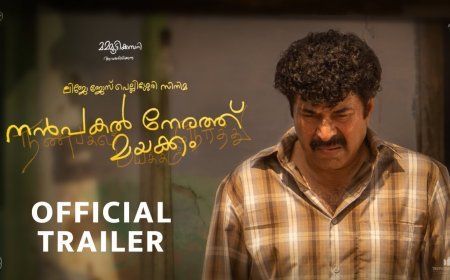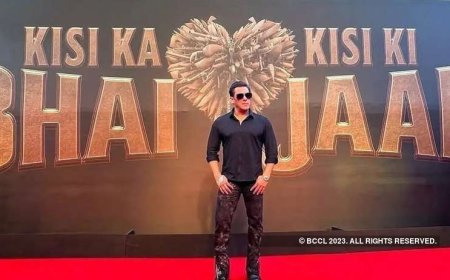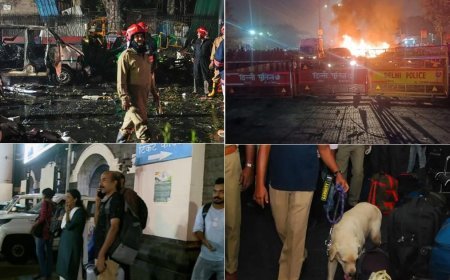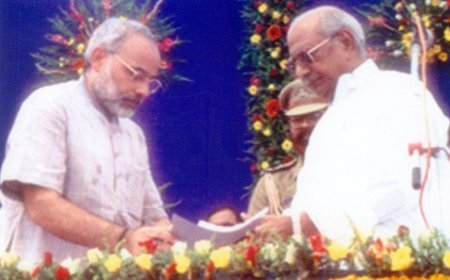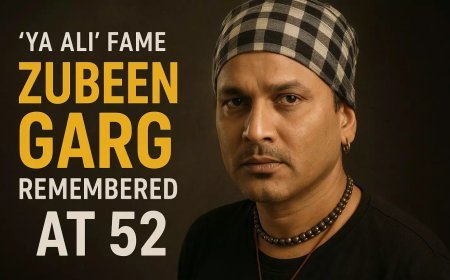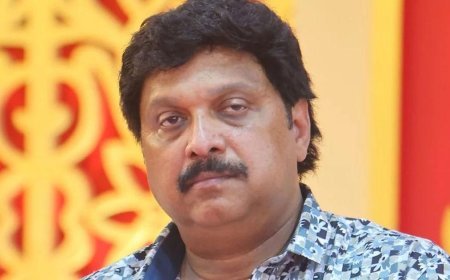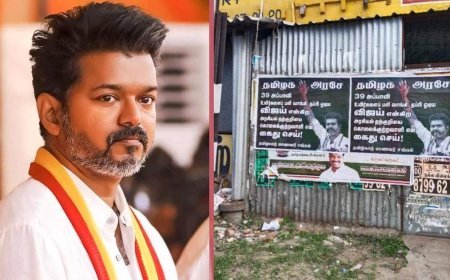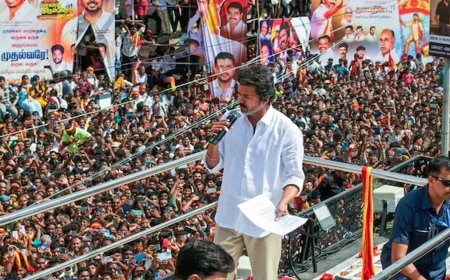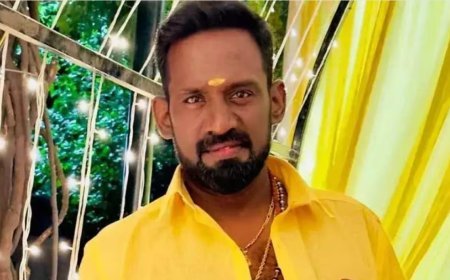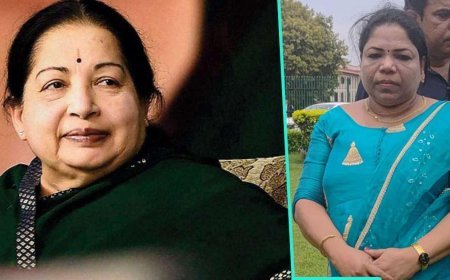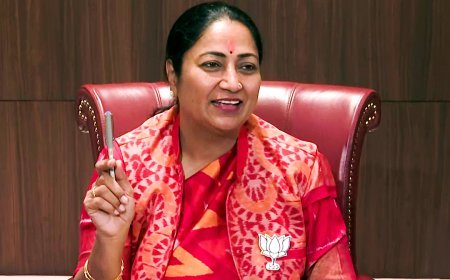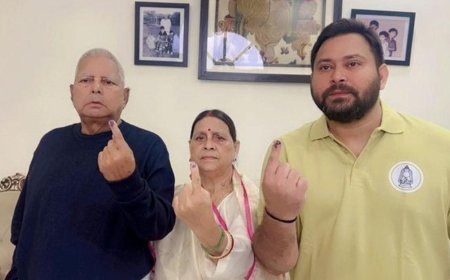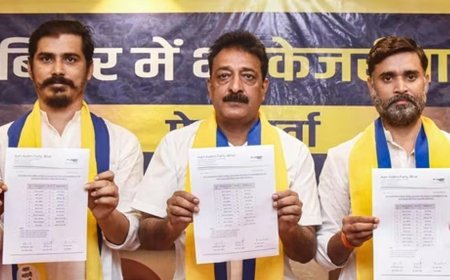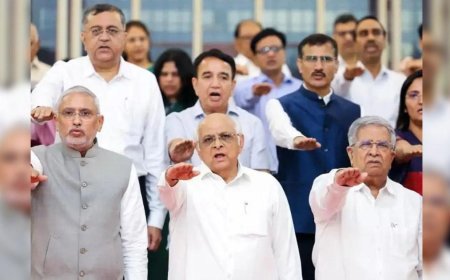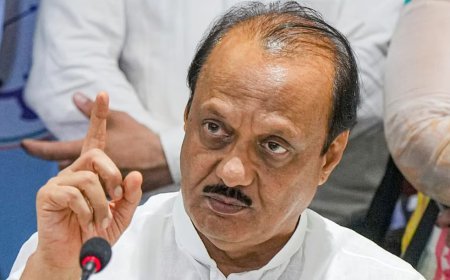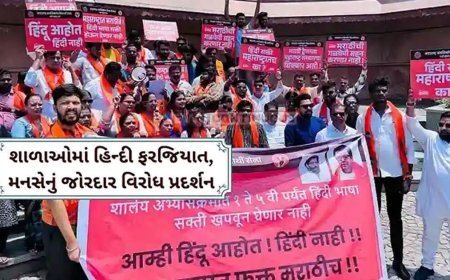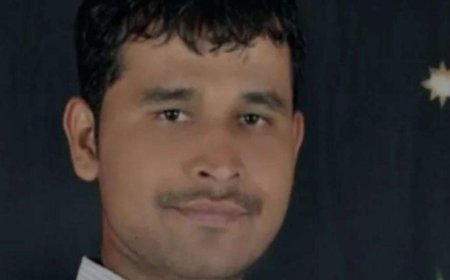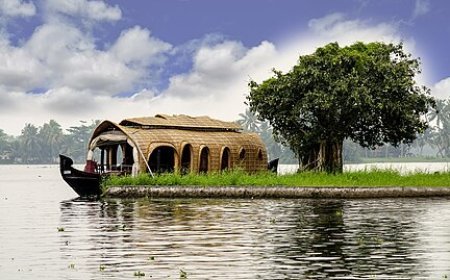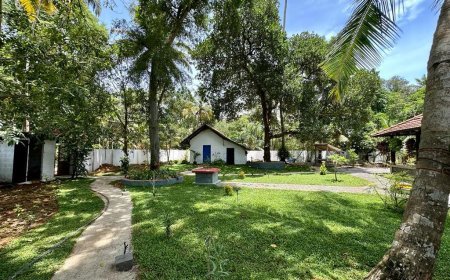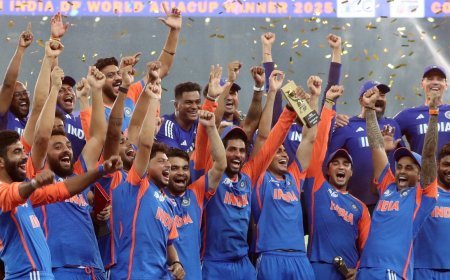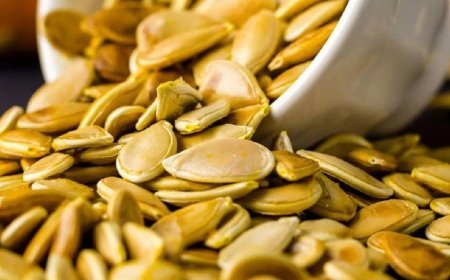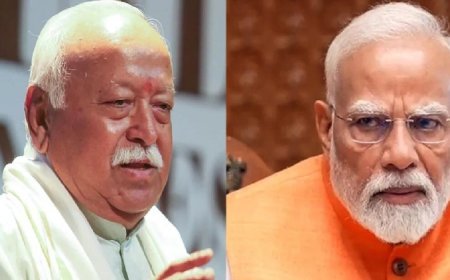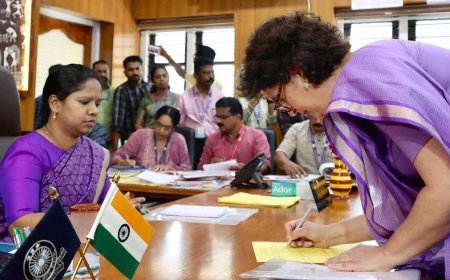One Woman, Two Husbands: Himachal’s Forgotten Marriage Tradition Shocks the Internet
Polyandry
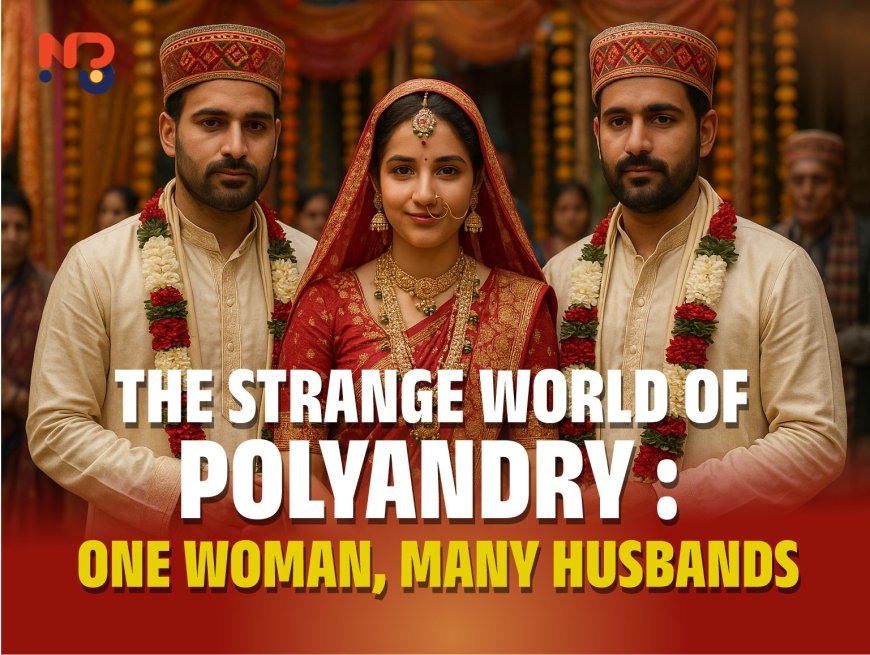
In a world where headlines often focus on men with multiple wives — the age-old practice of polygyny — there exists a marriage tradition so rare and so unconventional that it seems almost fictional. Polyandry, where one woman marries multiple husbands (often brothers), quietly persists even today in small, secluded communities. While this may sound like something from a bold Netflix drama, it is, in fact, a living reality in parts of the world — including India, Nepal, and Tibet.
Polyandry isn’t about sensationalism; it’s about survival. It’s about ancient customs shaped by harsh geography, fragile economies, and the desire to keep families and property intact.
How a Tribal Wedding in Himachal Pradesh Has Brought an Ancient Custom Back to the Spotlight
Shillai, Himachal Pradesh, July 2025 – In the quiet, picturesque hills of Himachal’s Sirmaur district, a wedding unlike any other recently captured the attention of India and the world. Sunita Chauhan, a young woman from Kunhat village, married not one but two men in a grand ceremony that lasted three days. The twist? Both grooms are brothers — Pradeep and Kapil Negi.
For many, this might sound unbelievable in modern India. Yet for the tribal Hatti community of the Trans-Giri region, this is not new. Known locally as “Jodidara”, this rare form of polyandry, where a woman marries multiple brothers, is a centuries-old tradition born from necessity, not fantasy. This recent wedding has sparked a flurry of discussions on social media, with viral videos showcasing the smiling bride posing proudly with her two husbands, both adorned in traditional Himachali attire.
Behind the Tradition: Why One Woman Marries Two Brothers
Polyandry in this region is not about extravagance or rebellion; it’s deeply rooted in the harsh realities of life in the mountains. In these remote villages, where fertile land is scarce and families rely on inherited farmland for survival, splitting property between siblings would only lead to poverty and ruin. Hence, brothers share not just the land but also a wife — keeping the family’s resources intact and the household united.
The practice, though fading with modernity, remains a matter of pride for some. Pradeep Negi, the elder brother and a government employee, explained, “This was a conscious decision by all of us. It’s our tradition, and we wanted to honor it openly.” His brother Kapil, who works abroad, echoed this sentiment: “We wanted to support our wife together, just like our elders did. It’s a practical solution for our lives here.”
A Wedding Rooted in Culture, Not Scandal
The elaborate Jajda ceremony that sealed their marriage followed ancient tribal customs. From the bride’s ceremonial arrival at her in-laws' home to the offering of sweets and blessings to the village deity, every step paid homage to traditions passed down through generations. Dressed in red with layers of gold jewelry, Sunita looked every bit the part of a proud Himachali bride — albeit with two husbands by her side.
Locals celebrated the wedding with folk music, dance, and open support. “There’s nothing wrong in this,” one elder commented. “This is how our ancestors lived. Why should we feel ashamed?”
The Strange World of Polyandry : One Woman, Many Husbands
Law, Love, and Modern India’s Mixed Reactions
Legally, such marriages occupy a gray area. India’s Hindu Marriage Act, 1955, does not recognize polyandry. However, Himachal Pradesh courts have historically respected the customs of tribal communities like the Hattis, where such unions are protected under customary law. The Scheduled Tribe status granted to the Hattis in 2022 further strengthens their cultural rights.
Yet outside these mountains, reactions have been mixed — ranging from fascination to criticism. Some netizens hailed it as a relic of history worth preserving. Others called it regressive. Either way, it reignited curiosity about how ancient traditions survive alongside 21st-century modernity.
Is Polyandry Disappearing or Making a Comeback?
While polyandry was once practiced across regions like Kinnaur, Jaunsar-Bawar, and the Nilgiris, modernization, education, and migration have caused a steady decline. Yet in remote villages like Shillai and Badhana, such weddings still occur, albeit less frequently.
Anthropologists suggest that practices like Jodidara serve a unique sociological purpose — preserving not just land but also familial harmony in places where survival depends on unity. For the Hatti community, it’s less about love triangles and more about shared responsibility, trust, and cultural pride.
The Story Beyond the Headlines
Sunita Chauhan’s marriage is more than just an unusual news item — it’s a reminder of how communities adapt to their environment through centuries-old customs. For some, it’s shocking. For others, it’s practical. For the Hattis, it’s simply life.
As debates about marriage, tradition, and women’s roles continue in modern India, stories like this show us how diverse and layered Indian society truly is — where ancient customs coexist with the digital age, and where a small village wedding can spark conversations across the world.
What's Your Reaction?







